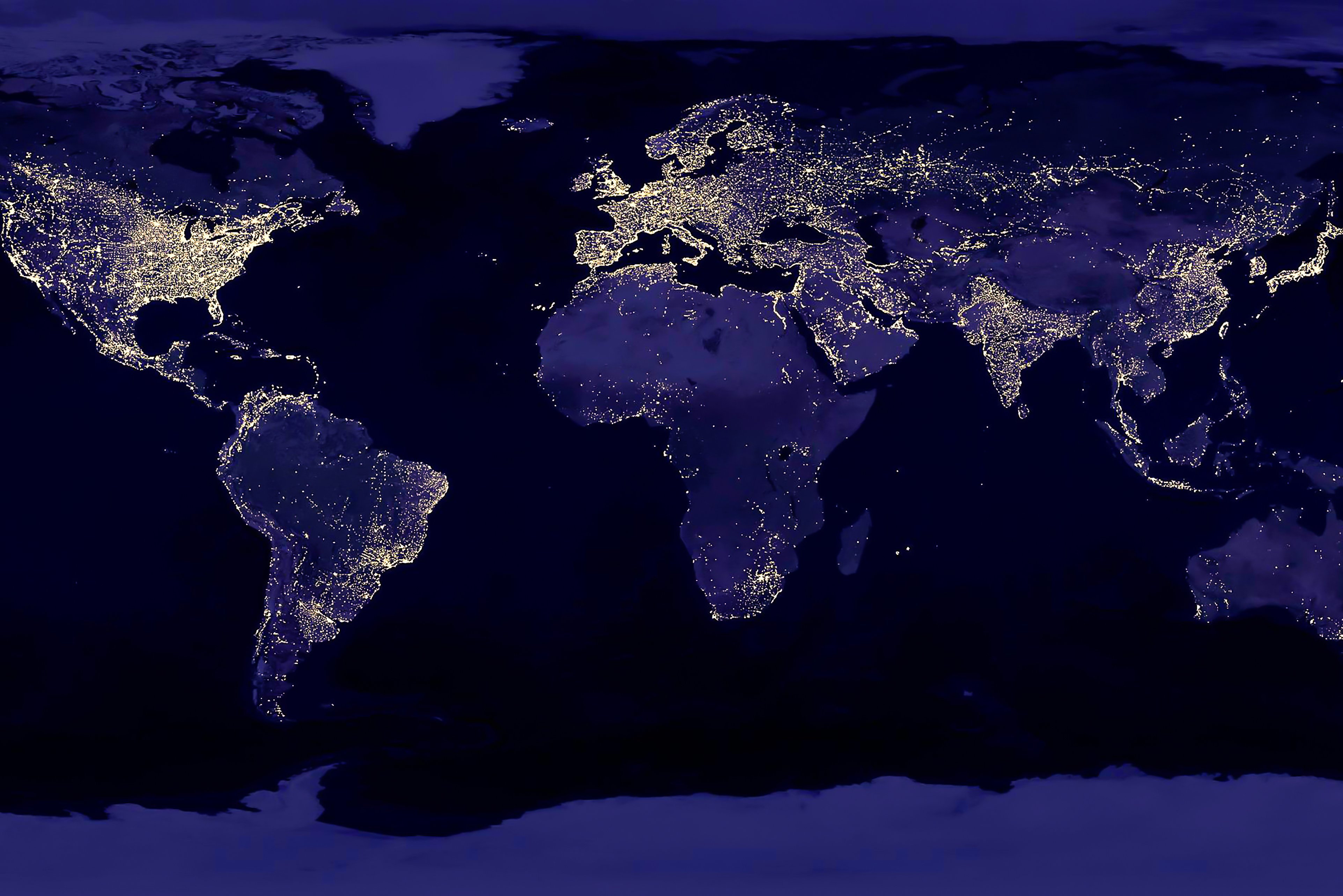
(Vienna, 16 June 2023) The amount of electric lighting at night has been increasing at a rate of almost ten percent annually over the past ten years. And this primarily has an impact on the 4.4 billion people across the world who live in cities. Excessive exposure to light at night not only has the potential to trigger sleep disorders, but has also been found to increase the risk of disease such as obesity, depression, diabetes and cancer. Eva Schernhammer from MedUni Vienna's Centre for Public Health and an international team of researchers have analysed and summarised various studies on the harmful effects of light pollution. Their review has just been published in top scientific journal Science.
According to researchers, exposure to excessive amounts of artificial nighttime light can interfere with the circadian or biological rhythms that influence body functions by synchronising them with the natural day-night cycle. Implications include disordered sleep and impaired hormone production, which can lead to a number of chronic diseases. Excessive exposure to light at night also places additional stress on the visual system, which can have an impact on the whole body because even visual stimuli that go unnoticed when people are sleeping can still set processes in motion that disrupt vital recovery and repair mechanisms. The development of cardiovascular diseases and cancer is also associated with artificial nighttime lighting. Studies have already confirmed that there is an increased risk of cancer among people who regularly work at night. Besides being shown to weaken the immune system, exposure to light at night is also considered a risk factor for type 2 diabetes, high blood pressure, obesity and depression.
Measures to reduce light pollution needed
"The studies on the effects of exposure to light at night paint a worrying picture," said Eva Schernhammer from the Centre for Public Health at MedUni Vienna, one of the first authors of the review. During the process, Schernhammer and her colleagues from Poland and the USA identified inconsistent research approaches which, in some cases, led to divergent results. “In view of this growing problem, we are issuing an urgent plea for further scientific studies that also consider aspects such as individual light exposure in indoor environments, too," said Schernhammer. A clarification of the state of current research is required so that evidence-based recommendations for healthier outdoor lighting at night can be formulated, with a view to convincing political decision-makers to take the measures needed to tackle light pollution.
The term light pollution has become established in science and research as a catch-all that refers to the various adverse effects on the environment and humans of excessive exposure to light at night. In the researchers’ view, nighttime lighting restrictions – such as those introduced at some cities’ sights as a result of the energy crisis – are a step in the right direction. But they also concluded that there are various health protection measures that people can take in their own homes, confirming that simply giving preference to amber and warm-white light sources instead of lighting with a high blue content at night can make a difference.
Publication: Science
Reducing nighttime light exposure in the urban environment to benefit human health and society;
K. M. Zielinska-Dabkowska1, E. S. Schernhammer, J. P. Hanifin, G. C. Brainard
doi: 10.1126/science.adg5277
https://www.science.org/doi/10.1126/science.adg5277